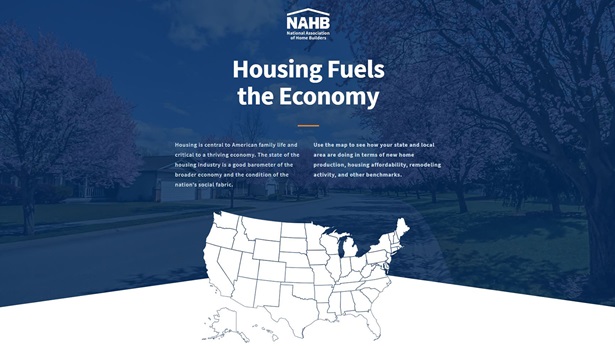Guide to Buying a Home
Whether you are in the market for a home upgrade or buying your first, it’s important to focus on the details to ensure it meets your everyday needs and lifestyle. Before you start house hunting, you should sit down with the members of your household to discuss your preferences, must-haves and the many options available to you.
Also explore multiple real estate agents to find the best fit and even different mortgages lenders to compare rates and loan options. Knowing your budget ahead of time will make the search process smoother and help you move quickly when you find the right home.
Here are other key steps and items to consider when navigating this process:
Step 1: Financing Your Home
The first step in the home buying process is determining how much you can afford on a monthly basis. Remember that your monthly budget extends beyond the mortgage payment. You will be paying for property taxes, home owners insurance and possibly mortgage insurance or a home owners or condominium association assessment. This follows the down payment, closing costs and other items you’ll pay upfront.
To ensure that the financing process goes smoothly, buyers should consider getting pre-approved with a mortgage lender and having a financing commitment in place before shopping for a new home, especially in competitive markets. Discuss current interest rates and home loan types, from conventional loans to veterans affairs-backed choices, to figure out the best options for improving negotiating power in your local market.
Regardless of the housing market or purchase price, reducing your current debt can improve loan eligibility and may lead to better terms when they review your credit report. Most lenders prefer to see a total debt to income ratio that is less than 40% of buyers’ gross monthly income. Check out NAHB’s Advice for Financing Your First Home for a step-by-step guide to prepare for the financing process.
Step 2: Prioritizing Most-Wanted Features
After deciding your budget, it’s time to think about the look and feel of your potential home. An easy way to organize your thoughts -- and to identify deal breakers from preferences -- is to write each separate feature that you want on a 3X5 card and to arrange the cards in order of their importance to you.
For instance, if you like to cook, you may want a home with a large, well-equipped kitchen. Or you may settle for a small kitchen so that you can have extra space for a library, office or playroom. A good real estate agent or builder will help you identify what you need.
Some home buyers seek large, open interior spaces, while others prefer traditional rooms that afford more privacy. While home shopping, consider your specific situation and how much house you’ll want as you age. If you plan to add rooms, find out if there is enough space on your property for such expansion and whether additions are permitted by your local jurisdiction. It’s a good idea to discuss this with a home inspector during a final walk through of the house.
Step 3: Selecting the Type of Home
Next, you have to decide what kind of home you want. Options include single-family homes and condominiums. Some home buyers prefer homes with large yards, while others opt for condominiums where they can avoid yard maintenance entirely.
With a single-family home in a development, buyers are responsible for their own yard and home but may be restricted to certain design elements or other regulations if there is a home owners association. Learn more about the types of home construction.
A condominium is a home in a multi-unit complex, such as an apartment building or a townhouse cluster. You own the home, and you and your neighbors jointly own the common elements, such as the land around the complex, the parking areas, building exteriors, hallways, utility pipes and recreational facilities. A condominium owners association is responsible for maintaining the jointly owned elements. The day-to-day business of the complex is generally handled by a managing agency.
Step 4: Starting Your Home Search
Now that you know how much you can afford and the type of home and features you are looking for, you’re ready to begin your house hunting adventure. Whether you use a real estate agent to find an existing home or work with a builder to buy a new home, you’ll be more focused with your search.
If you get stuck throughout the process, review the Home Buyer’s Dictionary when needed to figure what a term means or what’s needed next. From “mortgage loan” to “pre-approval letter” and more, it can get confusing. Contact your local home builder association for additional help to navigate home buying.
Contact your local home builders association for a list of qualified home builders and remodelers.



